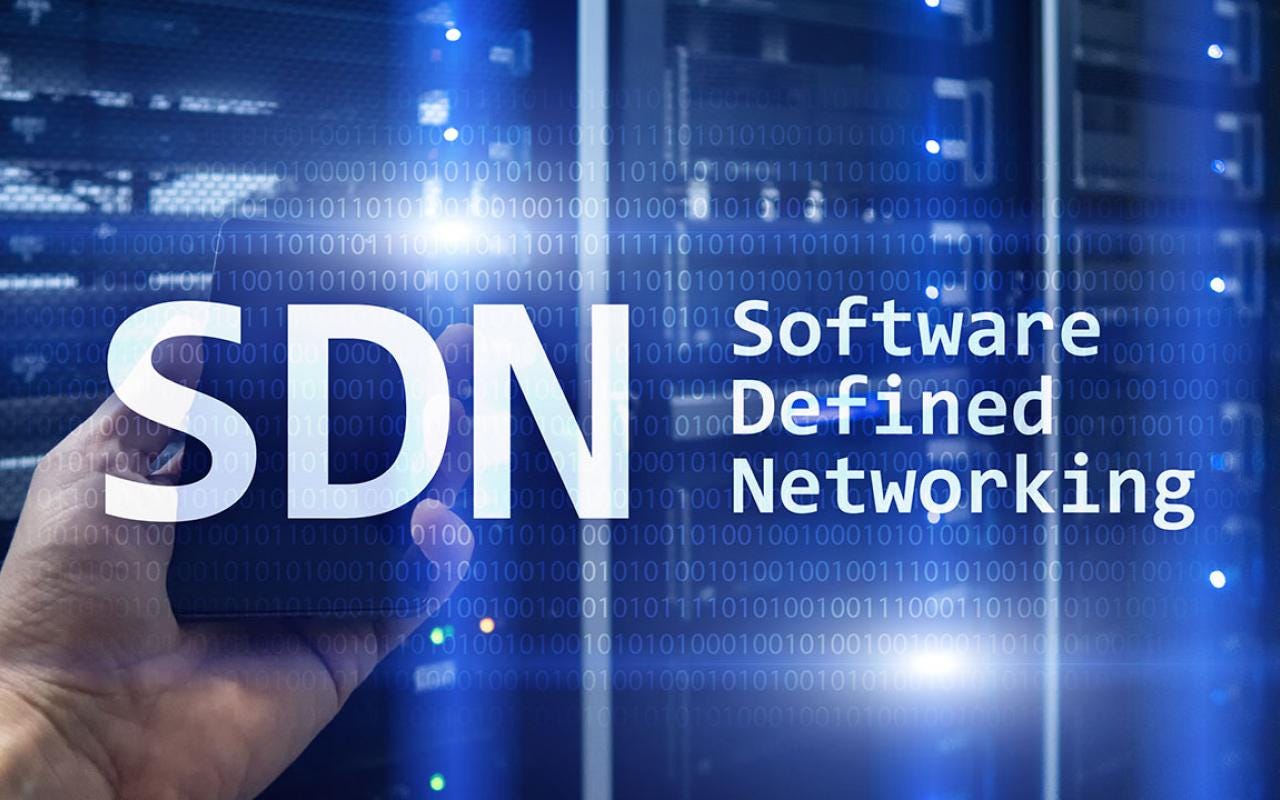Software-Defined Networking (SDN) is revolutionizing the way networks are managed and operated. By abstracting the network’s control plane from the data plane, SDN provides a more flexible and efficient approach to network management. This article explores the fundamentals of SDN, its key components, and its benefits and challenges.
What is Software-Defined Networking?
Software-Defined Networking is an architectural framework that separates the network’s control plane, which makes decisions about how traffic should be handled, from the data plane, which forwards traffic based on those decisions. Traditionally, networking devices like switches and routers handle both control and data planes. In contrast, SDN centralizes the control plane into a network controller that communicates with the data plane devices through a standardized protocol.
This separation allows network administrators to programmatically control network behavior and streamline network operations. SDN is often associated with the use of APIs (Application Programming Interfaces) and software-based network management tools that provide greater visibility and control over network resources.
Key Components of SDN
At the heart of SDN is the SDN controller, a software-based entity that oversees the network’s operation. The controller communicates with network devices using protocols such as OpenFlow, which allows it to dictate how data should be forwarded through the network. The SDN controller provides a centralized view of the network, enabling administrators to manage and optimize network resources more efficiently.
Network devices in an SDN environment include switches and routers that are designed to forward packets based on instructions received from the SDN controller. These devices are often referred to as “dumb” devices because their primary role is to execute the controller’s commands without making independent decisions.
Another critical component of SDN is the SDN application layer. This layer consists of various applications that interact with the SDN controller to achieve specific network management goals. These applications can perform functions such as load balancing, network monitoring, and security enforcement.
Benefits of SDN
One of the primary advantages of SDN is its ability to enhance network agility and flexibility. By decoupling the control plane from the data plane, SDN enables network administrators to quickly adapt to changing requirements and deploy new services without having to reconfigure hardware devices manually. This agility is particularly valuable in dynamic environments where business needs and application demands can evolve rapidly.
SDN also improves network visibility and control. The centralized controller provides a comprehensive view of the entire network, allowing administrators to monitor performance, troubleshoot issues, and optimize traffic flows more effectively. This visibility helps in detecting and responding to network anomalies or security threats in real-time.
Cost reduction is another significant benefit of SDN. Traditional networking hardware often requires specialized, expensive devices for different functions. SDN’s use of programmable, commodity hardware reduces the reliance on costly equipment and lowers overall network expenses. Additionally, the automation and centralized management of SDN can reduce operational costs by simplifying network configuration and maintenance.
Challenges and Considerations
Despite its benefits, SDN also presents several challenges. One major concern is the potential for security vulnerabilities. The centralized nature of SDN means that if the SDN controller is compromised, the entire network could be at risk. Ensuring the security of the controller and its communication channels is crucial to maintaining network integrity.
Another challenge is the integration of SDN with existing network infrastructure. Many organizations have invested heavily in traditional networking hardware and may face difficulties transitioning to an SDN-based environment. This migration requires careful planning and may involve a phased approach to minimize disruptions.
Performance is another consideration. While SDN offers many advantages, the reliance on a centralized controller can introduce latency in some scenarios. Network performance needs to be carefully monitored and optimized to ensure that the benefits of SDN are realized without negatively impacting service quality.
Conclusion
Software-Defined Networking represents a significant shift in how networks are designed and managed. By separating the control plane from the data plane, SDN provides greater flexibility, visibility, and cost efficiency. However, organizations must also address security concerns, integration challenges, and potential performance issues to fully leverage the advantages of SDN. As technology continues to evolve, SDN will likely play a crucial role in shaping the future of network management and operation.




